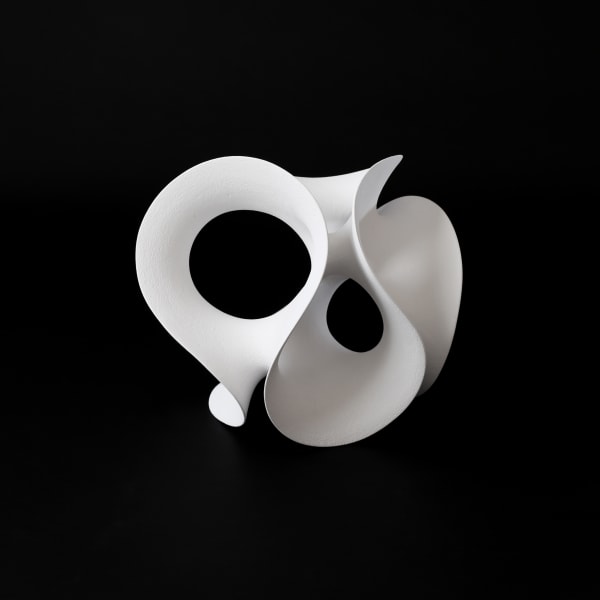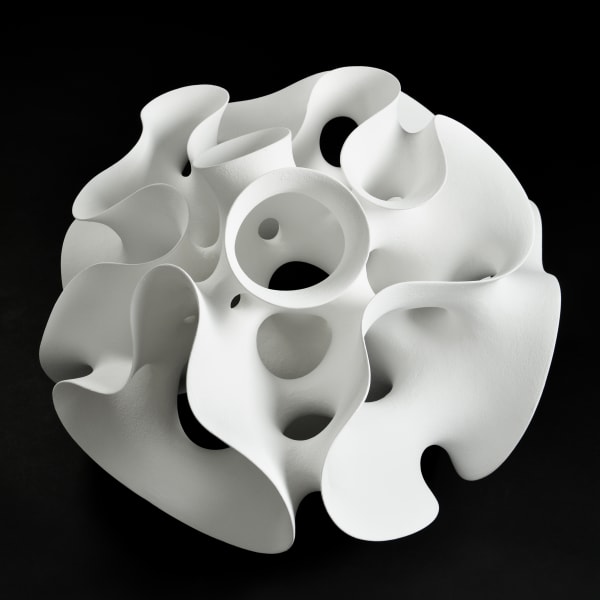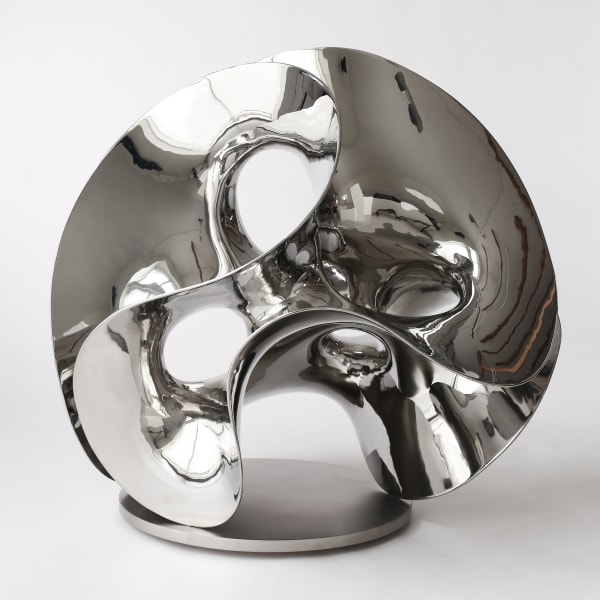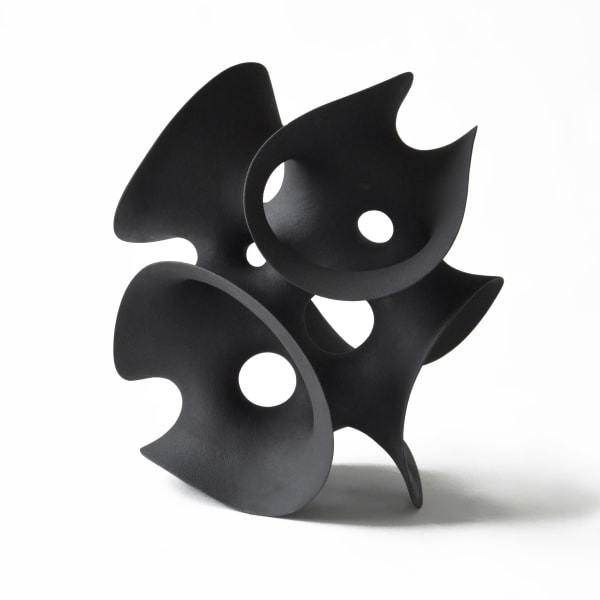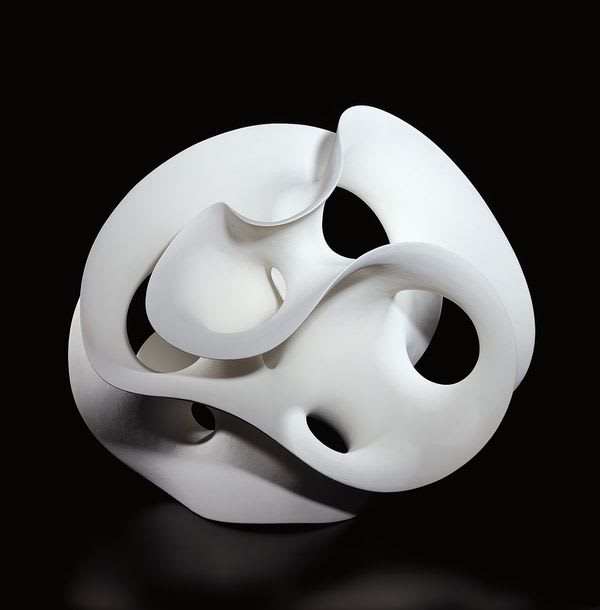Eva Hild Swedish, b. 1966
Eva Hild (b.1966) is a Swedish artist and sculptor, based in the south-west of Sweden. After her Master of Fine Art, she has explored the field of handbuilt and complex structures in clay and metal. With her organic sculptures, she has established a position on the international art scene and is represented in important private and institutional collections world-wide.
Her art has met with a profound fascination at the way in which she expresses body and space, strength and fragility, presence and absence. The ethereal, flowing sculptures embodies the dualism between positive and negative space. Explorations of air, light, and movement are central to her works.
Eva Hild is the recipient of numerous grants and awards in Sweden and abroad. She has made numerous works in public spaces, as large-scale metal sculptures and installations in a variety of materials. Her work can be found in public and private collections including the Museum of Arts and Design in New York, the Museum of Modern Ceramic Art in Japan, the National Museums in Oslo and Stockholm, the Museum of Fine Arts in Boston, among others.
"My sculptures are bodies, exposed to pressure and movements.
Influence, pressure, strain. These words have been the foundation for my current projects that comprise communicating the theme in large, thin-built sculptures. Delicate continuously flowing entities. They reflect varying degrees of external and internal pressures, and how, as a consequence, perception of inner and outer space is changed or challenged.
On one hand, it is the mass in thin layers, running in a meander-like closed movement. On the other hand it is the empty space, air and light forming volumes, described by the contures of the mass. The construction is really made of the absent; the emptiness and the holes of air. The obvious body just defines the volume.
My fascination is about the relationship between internal and external realities; the dualism between inside and outside, content and form, feeling and shape, impression and expression. It is a reflection of my inner landscapes of form. Everyday, I experience the tension between presence and absence. My sculptures show me the necessity of opposites; they are paradoxes. Bodies where presence and absence meet.”


